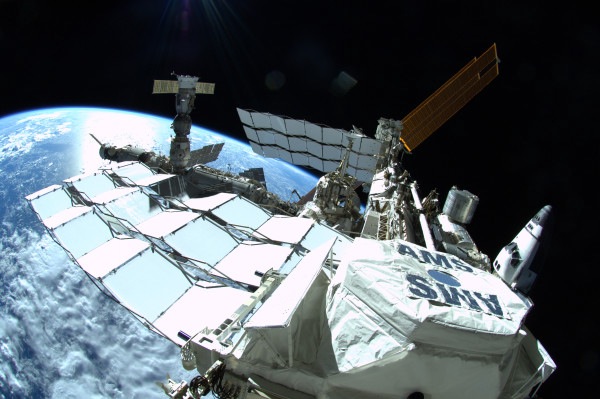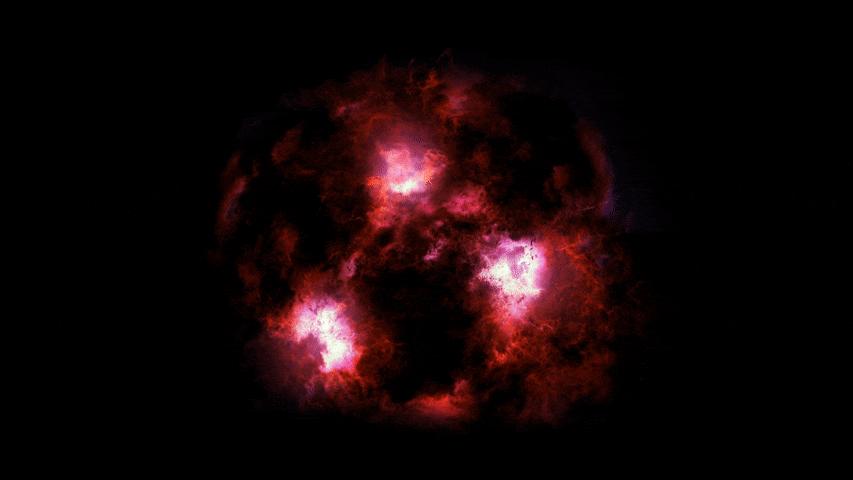When you purchase through links on our site , we may take in an affiliate deputation . Here ’s how it work .
NASAis poised to " block " atoms in their running with lasers , creating the cold speckle in the universe — less than one - one-billionth of a degree above out-and-out zero , the lowest potential temperature — on board theInternational Space Station(ISS ) .
The Cold Atom Laboratory ( CAL ) is a compact instrument about the size of it of a beer cooler , and it uses laser to give asuper - cooled environment10 billion times cold than the vacuity of outer space . It ’s so cold inside CAL that molecule become nearly motionless ; CAL then uses magnets to trap the decelerate atoms so that scientists can remark their movements and how they interact .

An illustration of the Cold Atom Lab aboard the International Space Station
But even ultracold atom yield to the puff of gravity , so when CAL experiments were deal on Earth , scientist could notice the dull - motion molecule for only a minute at a time .
Today ( May 21 ) , NASA establish CAL into space on the Orbital ATK Cygnus spacecraft , bound for the ISS , NASA functionary saidin a statement . Once instal in a microgravity surroundings , CAL will remotely reveal slowed - down atom to scientist for indorsement longer than is possible on Earth , enabling them to better empathise the atom ' quantum behavior . [ Wacky Physics : The Coolest Little Particles in Nature ]
" final result of this enquiry could lead to a numeral of ameliorate applied science , let in sensors , quantum information processing system and atomic clocks used in space vehicle navigation , " according to the NASA statement .

The vacuity of space is frigid , aboutminus 455 degrees Fahrenheit(minus 270.55 degrees Celsius ) . But temperature inside CAL will be even cold : nearly out-and-out zero ( absolute zero is minus 459.67 degree F , or minus 273.15 degree C ) .
At that temperature , atom slacken down so much that they get down to enter the same quantum land , exhibiting the same amount of vigor as one another , NASA representativesexplained . Their behaviour becomes more crinkled , and they begin to synchronize like a line of dancers — a phenomenon know as aBose - Einstein condensate(BEC ) .
And in the microgravity of the ISS , molecule are expected to keep on this state of matter for up to 10 minute , extend researcher the possibility of observing quantum behavior never seen before , according to a CALmission description .

CAL can trammel three types of atoms for scientist to consider — rubidium and two isotope of K — cooling them to penny-pinching - immobility in second and holding them in magnetized maw for observation by scientists back on Earth .
Once CAL reaches the ISS and is install , the spaceman ' work will be done ; CAL will then be operate remotely from the ground . experiment will lock for up to 6.5 hours per day while the ISS crew is asleep , to belittle the disturbance to the space station ’s microgravity , NASA representativesreported .
Once the experiment is running , and if temperature get as cold as expect , CAL will knock out the current record holder for thecoldest blank space in the universe : the Boomerang Nebula , site 5,000 calorie-free - geezerhood away , which plunges to minus 458 degree F ( minus 272 degrees C ) .

Update at 10:54 am ET , August 1 : The CAL has already produced its first results , cool down rubidium atoms to aBose - Einstein condensatefar colder than anything do it to occur naturally in space , but not yet as cold as the inhuman experiment on Earth .
Original article onLive skill .















